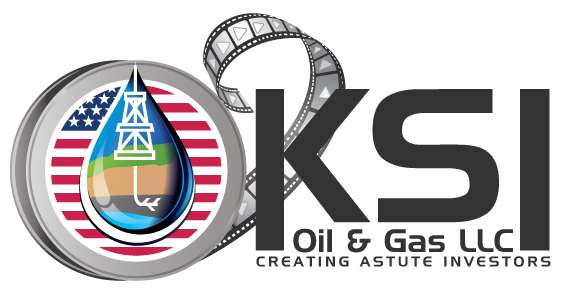You could place your own intro video like this sample at the beginning of this page to introduce your company and what sets you apart from your competition Also, we allow and recommend you to place your own Logo (See above example), CTAs, and content links to our own content and support material throughout this page to make it your own.
